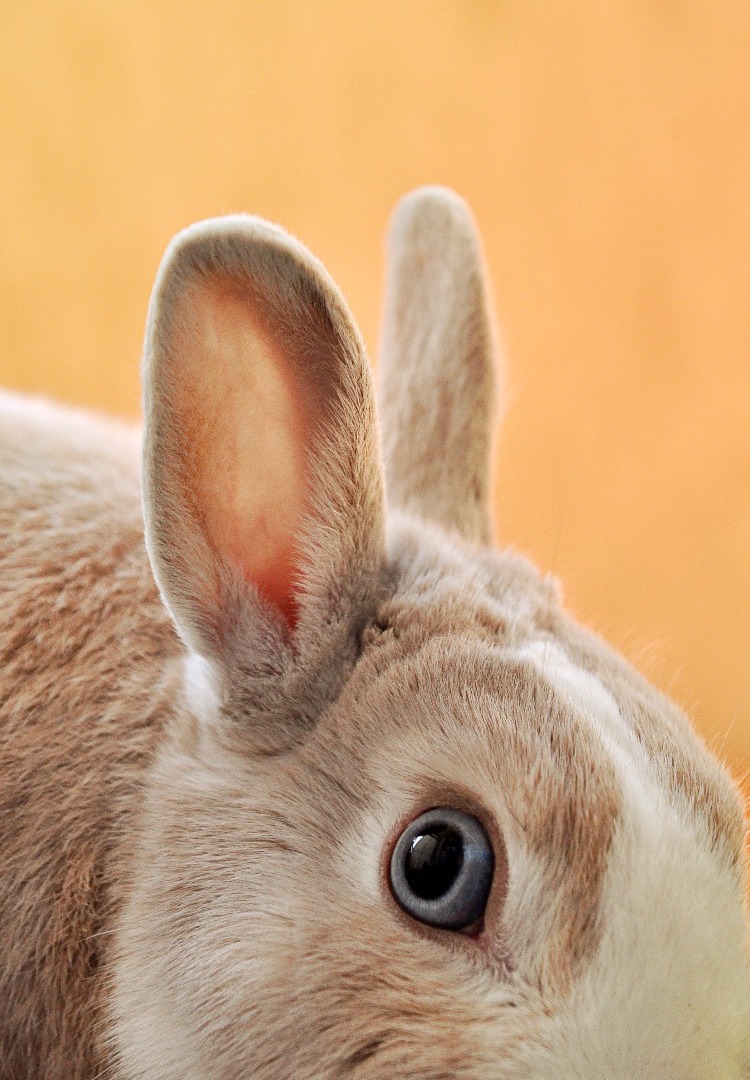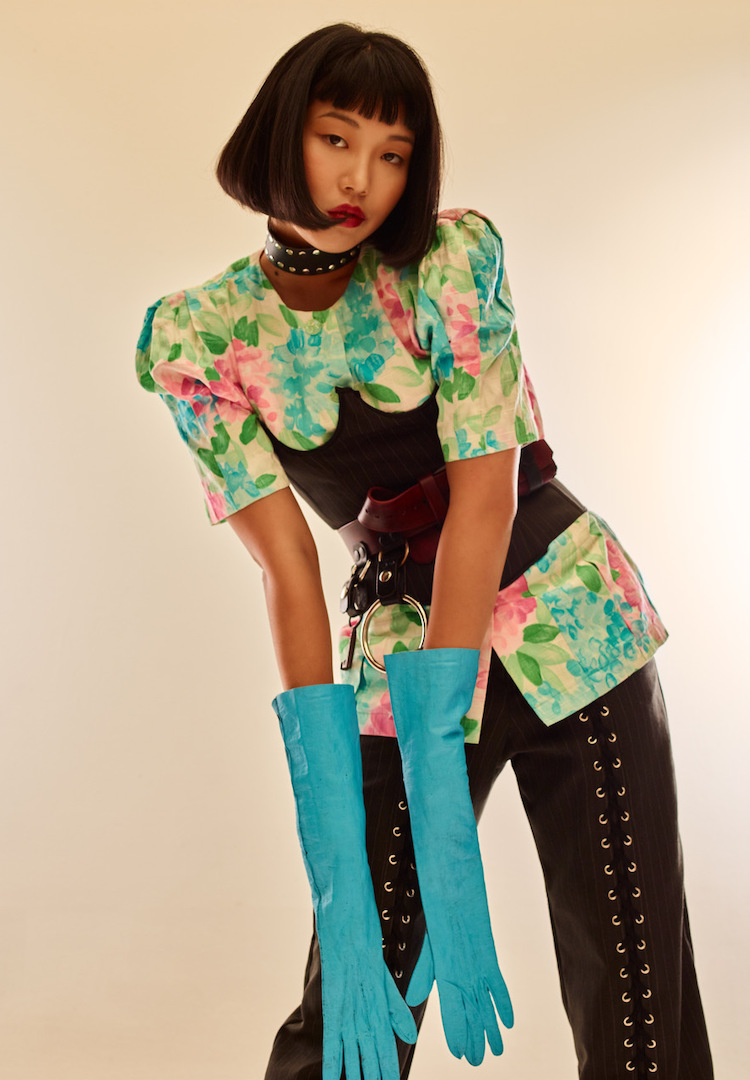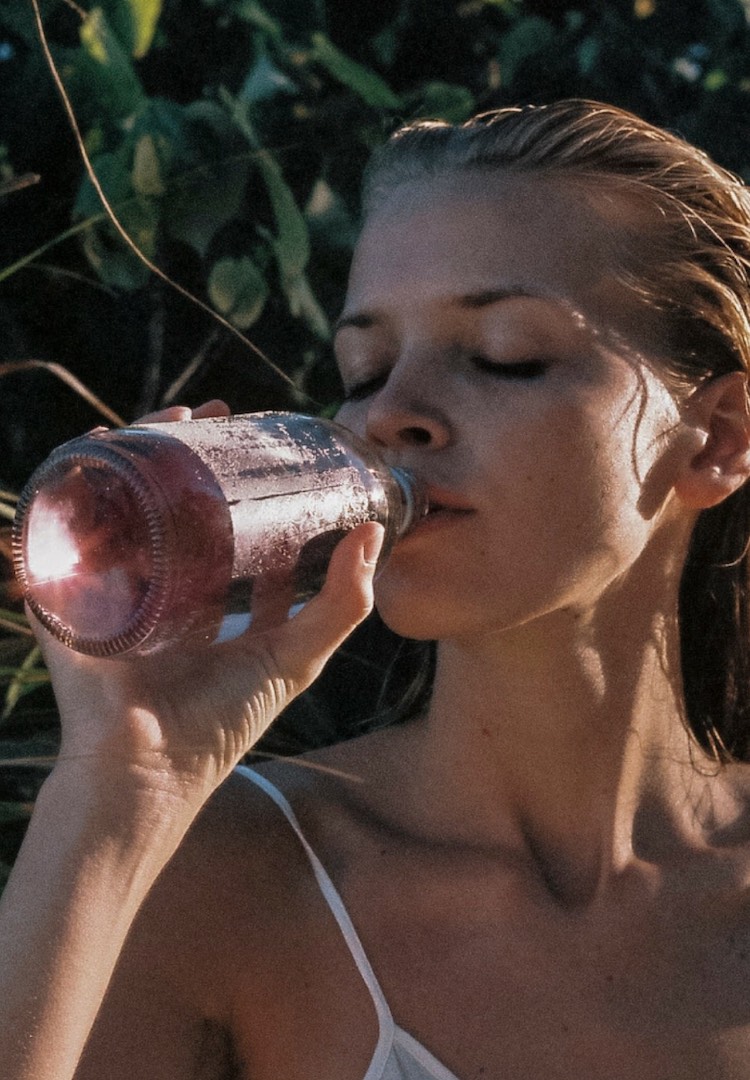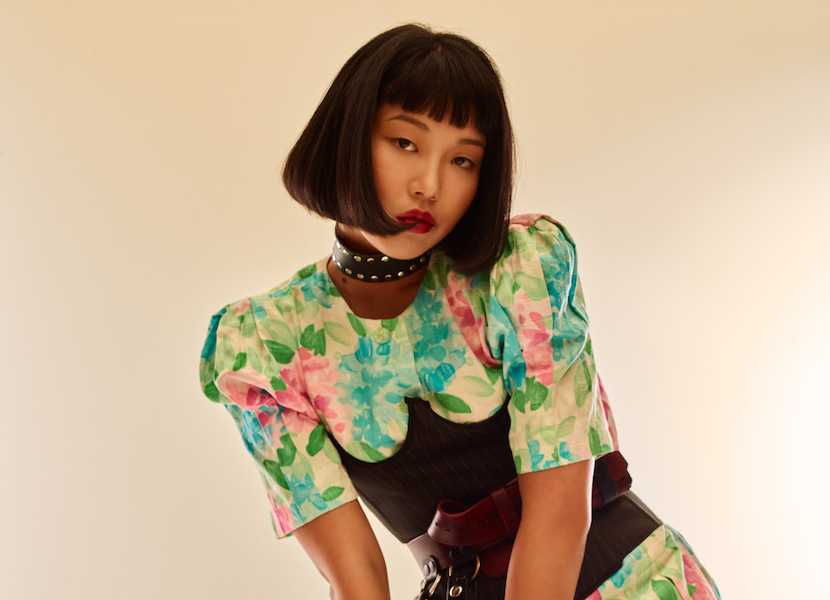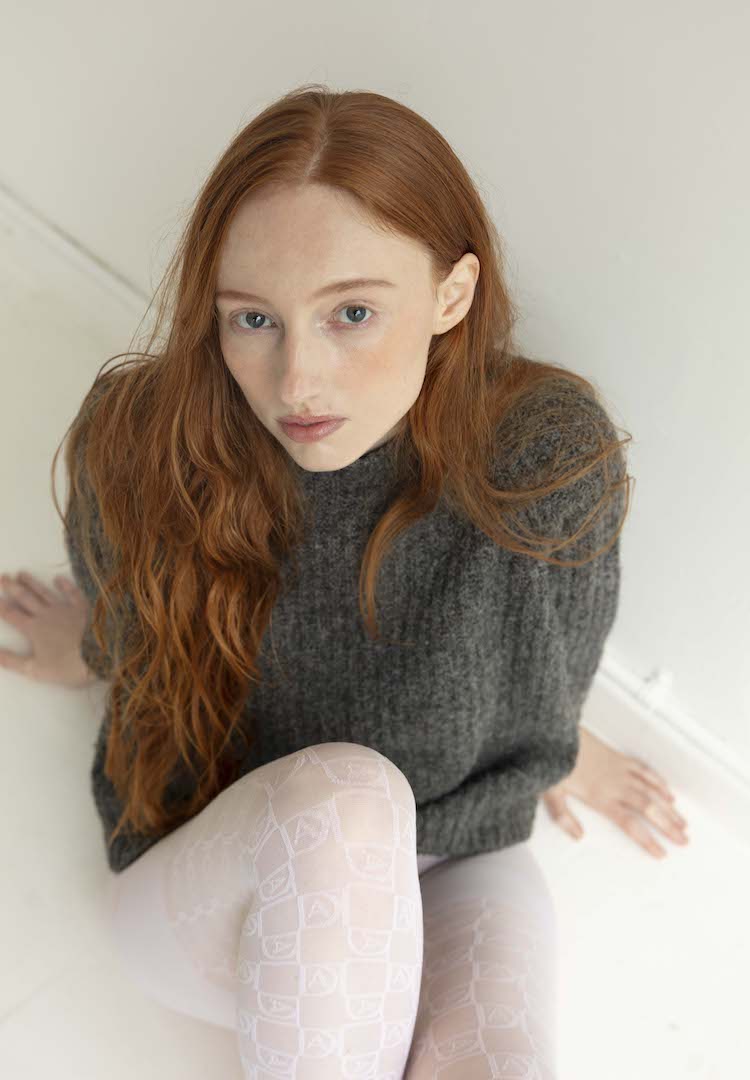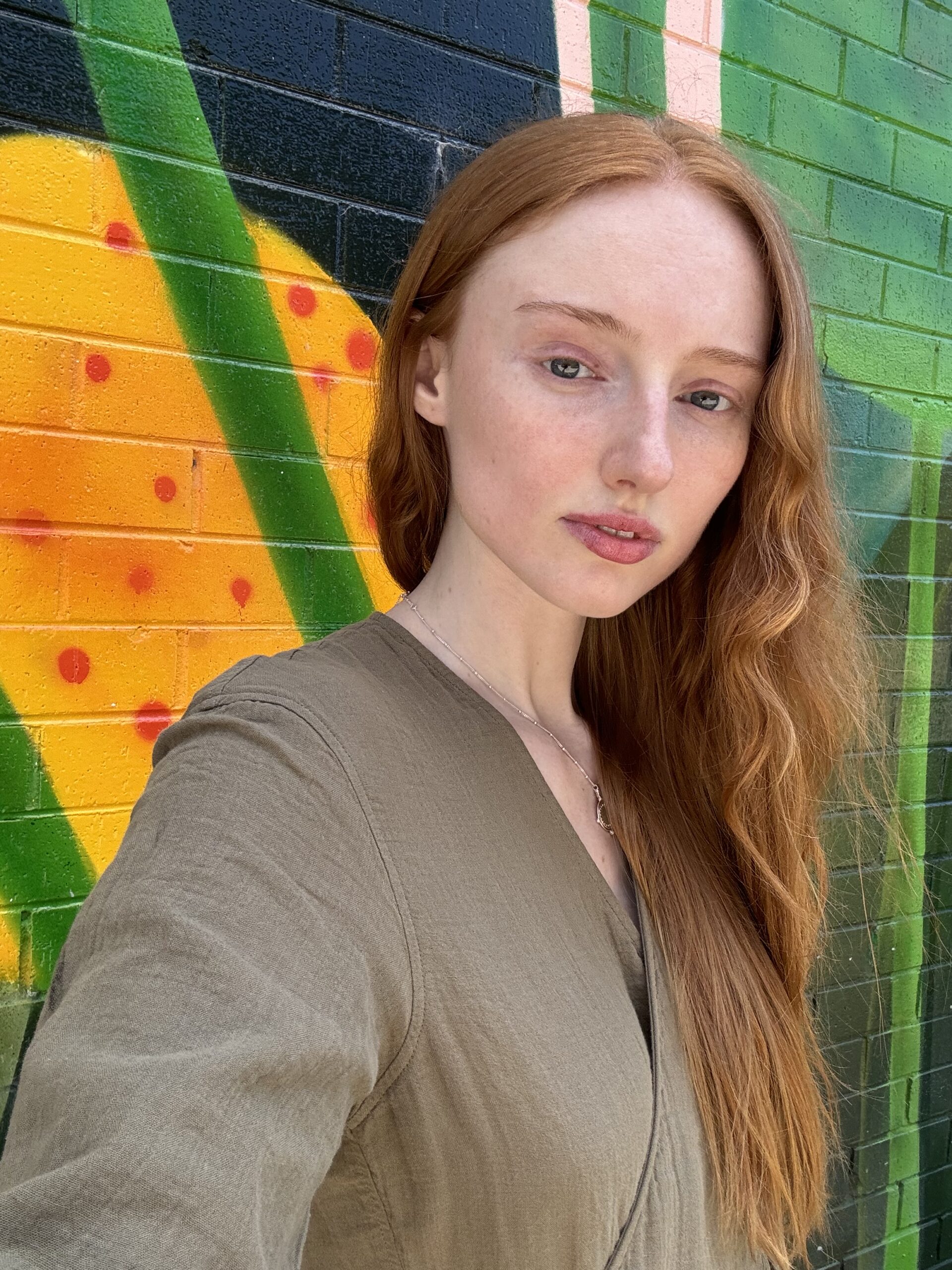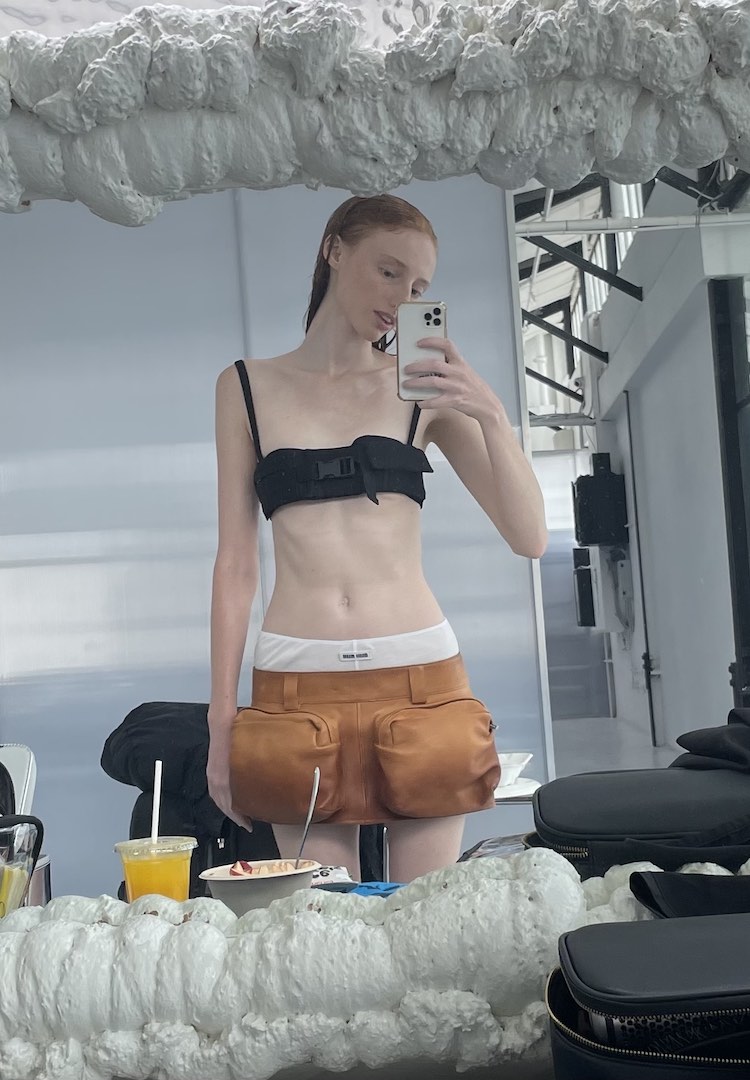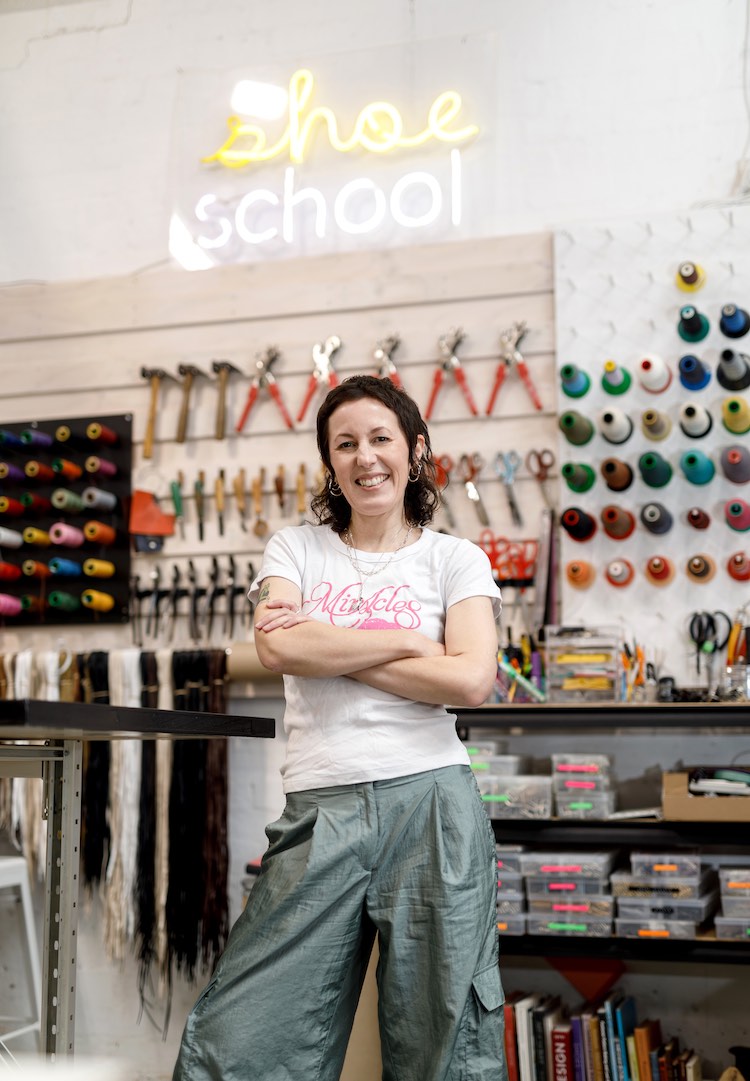The modelling industry is changing, but conventional ideas of ‘beauty’ still linger
PHOTOGRAPHY by Vahab Bandari
WORDS BY Maki Morita
Are we truly diverse yet?
Growing up, being a model felt like an impossible prospect. It was a status held by tall, thin, White women adorning the front of my Vogue and Russh magazines, which I pored over after school. It was a glamorous world but a distant one; a world with fantastical qualities rather than something I could imagine being a part of.
The modelling scene was changing in the 2000s, with ‘edgy’ and androgynous models starting to appear in runways alongside more conventionally beautiful models like Gisele Bundchen and Natalia Vodianova. Lily Cole’s doll-like chic and Agyness Deyn’s punk aesthetic rendered them idols in the eyes of my 13-year-old self.
For more personal essays, tap through to our Life column.
It signalled the beginnings of a modelling industry that valued uniqueness and individuality, an industry that was evolving rather than sticking to stale notions of beauty. But despite this new embrace of ‘quirkiness’, the industry remained painfully thin, tall, young, cis-gendered, able-bodied, and above all, White. Diversity was present in some ways, but try googling ‘2000’s models’ and you could count on one hand any models that fall out of this category.
This exclusive idea of ‘beauty’ has its ramifications. As a teenager, I spent hours upcycling clothes from op shops and obsessed over what outfit I would wear on mufti days. Fashion was a means of play and self-expression, but it was also an unhealthy outlet, as it was a way to make up for the fact that I wasn’t deemed attractive by my peers. Growing up in the beachside suburbs of Sydney, black hair and almond-shaped eyes were not desirable features, and any affiliation with Asian-ness lowered your status in the school hierarchy.
I distinctly remember being at a sleepover with my friends, where we went around a circle and complimented each other on our ‘prettiest’ qualities. There were glowing remarks of “I love your eyes”, “You have the best hair”, and “I wish I had your body”. When it was my turn there was a long and painful pause before someone punctured the silence with “You have nice skin… I guess?” and everyone else nodded half-heartedly.
In another incident, my classmate pointed out how “weird” my monolid eyes were to the rest of our PE class, which then led to me being prodded, stared, and laughed at by a host of girls as I shrank under their gaze like an animal at a zoo. Over the years I came to resent everything about my appearance and wished I could magically transform into the blonde bombshell that seemed to have a perfect life.
Fast forward to 2021, and the conversation around beauty has changed. Social media has presented new avenues into the modelling industry, where you can be picked up for your online presence rather than the opinions of modelling agents. Consumers are changing too, and businesses are responding by including models across a range of ages, ethnicities, shapes, and abilities.
The rise of models like Adwoa Aboah and influencers like Flex Mami (AKA Lillian Ahenkan) show us that brands are becoming increasingly interested in those with a story, and who are using their platform to champion change. There is a niggling feeling, however, that in some instances this is not a genuine inclusivity but a tokenistic one, where the fashion and beauty industry is merely attempting to tick the right boxes.
My own experiences in the industry have been mixed, with most jobs having an authentic and inclusive culture, while some have involved a lazy categorisation based on my ethnicity. Modelling seems like a victorious ‘ha ha’ to those girls that chastised me in the playground for my appearance, but it’s strange to experience the flipside of ugly-duckling-hood, where I am exoticised at the hands of those in power. In this new realm of token diversity, who really has the last laugh?
This tick-box diversity shows us that Australian beauty norms still revolve around a standard. And this standard remains the tall, sun-kissed blonde beach babe, which is an elusive and unattainable figure for our increasingly diverse population. With one in four of Australia’s 22 million people now born overseas and nearly 20 per cent of Australians speaking a language other than English at home, it’s questionable whether our billboards and magazine covers truly reflect these demographics.
Modelling agencies are keeping up with public discourse to some extent, with more ethnically diverse, plus-sized, transgender, and mature models than ever before. However, some big names in the industry retain barriers to entry by upholding strict height and age requirements. One agency explicitly refuses female models above the age of 20, safeguarding the idea of youth as a prerequisite for feminine beauty. In an outrageous double-standard, that same agency has no age limit for male models.
I feel lucky to be in a time where beauty standards are changing, and the barbed-wire fence that seemed to surround the mysterious world of modelling is slowly falling away. My perception of what it takes to be a model as a teenager has evolved, with the industry opening its doors to a more colourful array of models.
This inclusivity seems to be held at the peripheries, however, with traditional ideas of beauty remaining firm at the centre. As we progress forward, perhaps we need to reconsider hierarchies of beauty, and further breakdown barriers around what is truly considered ‘beautiful’.
If you’re struggling with body image issues or eating disorders, you can call the Butterfly National Helpline at 1800 33 4673 for free and confidential support, or email or chat to them online here.

